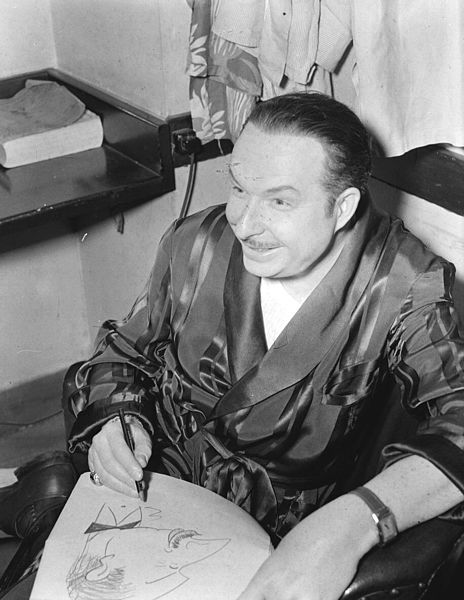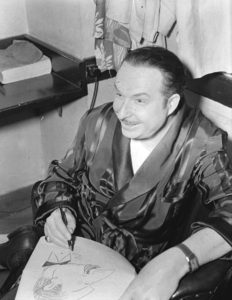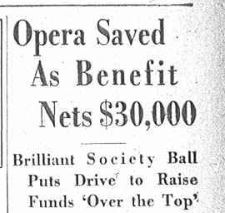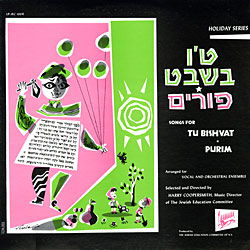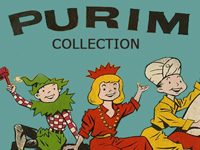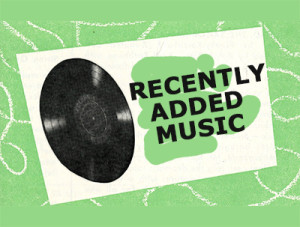 Did you know the Recorded Sound Archives at FAU Libraries has over 49,000 albums along with over 150,000 songs in its databases, which is growing everyday with the help of volunteers? With so many recordings to choose from, we have given Research Station users the ability to request items be digitized.
Did you know the Recorded Sound Archives at FAU Libraries has over 49,000 albums along with over 150,000 songs in its databases, which is growing everyday with the help of volunteers? With so many recordings to choose from, we have given Research Station users the ability to request items be digitized.
Below you’ll find a list of recordings that were recently added to the Research Station this Spring 2019 from requests made by Research Station Users.
Please note, due to copyright some of these recordings may only play for 45 second snippet to give the user a taste of what this music sounded like back in the day, if you are interested in full access considering applying for Research Station Access. Access to Research Station is limited to educators, students and serious researchers.
Recently Added to Research Station
From Sunset to Sunset by Paul Zim
32 Golden Hits of Nahal by The Nahal
Aw Horachamim & Adonoj Moloch by Moritz Perlmann
Cantor of the U.N. Synogogue by Harold Klein
Avraham Fried Aderaba by Avraham Fried
Harmony – Songs of Cecelia Margules by Various Artists
Modzitz Classics Volume One by Ben Zion Shenker
T’filoh L’Moshe by Moshe Teleshevsky
Jerusalem of Gold – Songs of the Six Day War by David Eshet
Marcus Goldman Orchestra by Marcus Goldman Orchestra
At Madison Square Garden by Esther Jungreis
I’d Rather Pray and Sing by Mordechai Ben David
Take Me Home by David Lazerson
Achdus by Various Artists
Honor! Honor! by Charles Holland
On Ma Journey by Jonathan Brice & Carol Brice
I’m So Glad Trouble Don’t Last Alway by Carroll Clark
Swing Low, Sweet Chariot by Lawrence Brown & Paul Robeson
Spirituals by Adelaide Hall & Kenneth Cantril
Moshe Teleshevsky by Moshe Teleshevsky
Chalutsim/Zum Gali Gali/Aviv/Emek Avoda by Eve Lippman Gladys Gewirtz
An Den Mond (To the Moon) by Frida Benneche
Des Madchens Klage by Frida Benneche
Shalom Eretz Israel by B’nai Shalom Singers
Amazing Grace by Jon Spong & Sherrill Milnes
Dizzy’s Diamonds: The Best of the Verve Years by Various Artists
I Gianti Del Jazz by Various Artists
An Electrifying Evening with The Dizzy Gillespie Quintet by Dizzy Gillespie Quintet
Dizzy Gillespie and his Orchestra by Dizzy Gillespie and his Orchestra
Dizzy Gillespie Plays by Dizzy Gillespie
Dizzy Gillespie’s Big 4 by Various Artists
Horn of Plenty: Dizzy Gillespie by Various Artists
Jam Session: Dizzy Gillespie, Woody Herman, Gerry Mulligan by Various Artists
Oscar Peterson & Dizzy Gillespie by Oscar Peterson & Dizzy Gillespie
Big Hits from Israel by The Amranim
Mordecai Ben David Sings Neshama Soul by Mordechai Ben David Werdyger
The New Jewish Sound by Various Artists
Jubilation by Jordan Penkower & the Sterling Sound
The Sun, the Lake and the Jewish Stars by Various Artists
Jewish Celebration in Song Vol. II: The Traditional Wedding by Ken Gross Orchestra
Harei Yehudah by Various Artists
Meir Rimon and his Hor – Nigunim by Meir Rimon
Oriental Songs by Jo Amar
Nigunim of Lubavitch, Vol. 3 by Shmuel Althaus
Shalom by General Israel Orphans Home for Girls
Bialik Songs by Nama Hendel
The New Slavery by Stanley Schwartz
25 Years of Israel in Songs by Various Artists
The Return to Jerusalem by Jordan Penkower and The Sterling Sound
Chabad Nigunim by Chabad Choir
Camp Judaea Sings Folk and Modern Israeli Songs by Avram Grobard
The Jerusalem Echoes by Moshe Yess & The Jerusalem Echoes
Lubavitcher Nigunim No. 2 by Aharon Haritonov, Meier Yanowsky of Nikoaiyev and Shmuel Althaus
Lectures in Tanya – Volume 1 by Joseph Wineberg
Lectures in Tanya – Volume 2 by Joseph Wineberg
Jo Amar Sings Yismah Moshe and Other Sephardi Sabbath Songs by Jo Amar and The Levantine Orchestra and Chorus
Yamim Noraiim by Jo Amar
Tumba by Moshe Nathanson & Abraham Ellstein
Sholosh R’Golim – Chassidic Melodies of Three Festivals by Ben Zion Shenker and Modzitzer Choral Ensemble
Here is Israel – Record No. 3 by Various Artists
Pirchei Tzion by Various Artists
Der Yiddisher Shtern by Seymour Rechtzeit
The Best of Jewish Short Stories from Eastern Europe and Beyond by Various Artists
See a recording that hasn’t been digitized?
As a research station user you can request it using the Music on Demand forms on the website.
Please note, due to copyright some of these recordings may only play for 45 second snippet to give the user a taste of what this music sounded like back in the day, if you are interested in full access considering applying for Research Station Access. Access to Research Station is limited to educators, students and serious researchers.

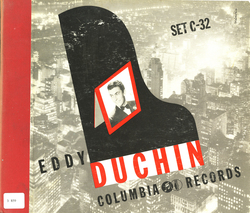
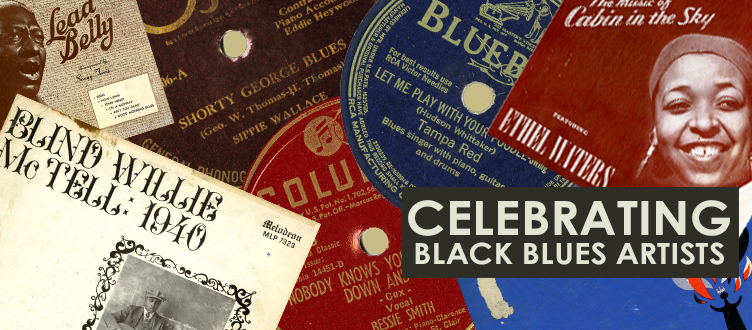 In celebration of Black History Month, the Recorded Sound Archives has curated a collection of Black Blues Artists some of which are currently on display on the 1st floor of the FAU Wimberly Library for the month of February.
In celebration of Black History Month, the Recorded Sound Archives has curated a collection of Black Blues Artists some of which are currently on display on the 1st floor of the FAU Wimberly Library for the month of February.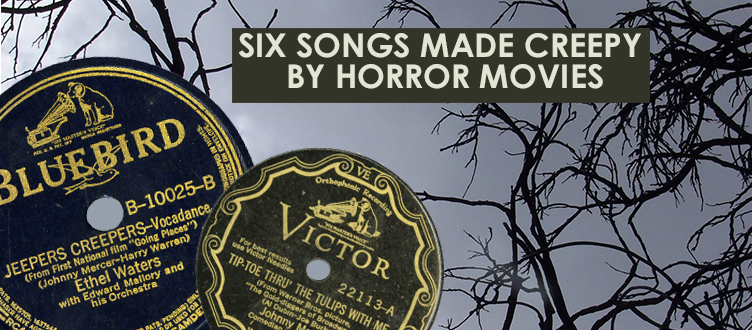 While some horror films feature blood-curdling scores (Jaws, Halloween, The Exorcist), there are certain songs that will forever be associated with the movies they helped make all the more terrifying. Just in time for Halloween, here are six vintage songs made infinitely creepier by horror movies, four of which you can find here at the Recorded Sound Archives.
While some horror films feature blood-curdling scores (Jaws, Halloween, The Exorcist), there are certain songs that will forever be associated with the movies they helped make all the more terrifying. Just in time for Halloween, here are six vintage songs made infinitely creepier by horror movies, four of which you can find here at the Recorded Sound Archives.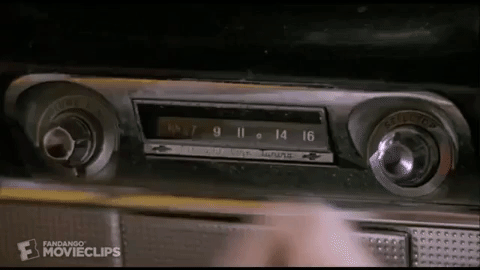
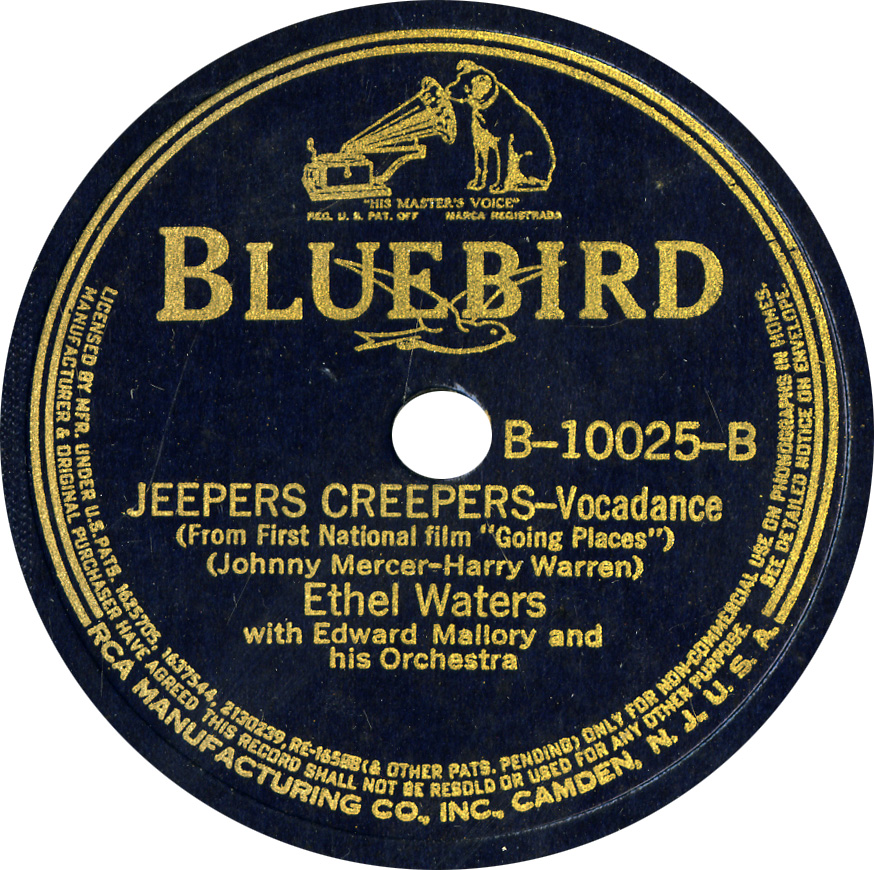
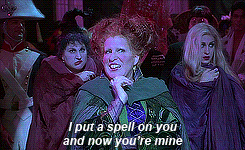
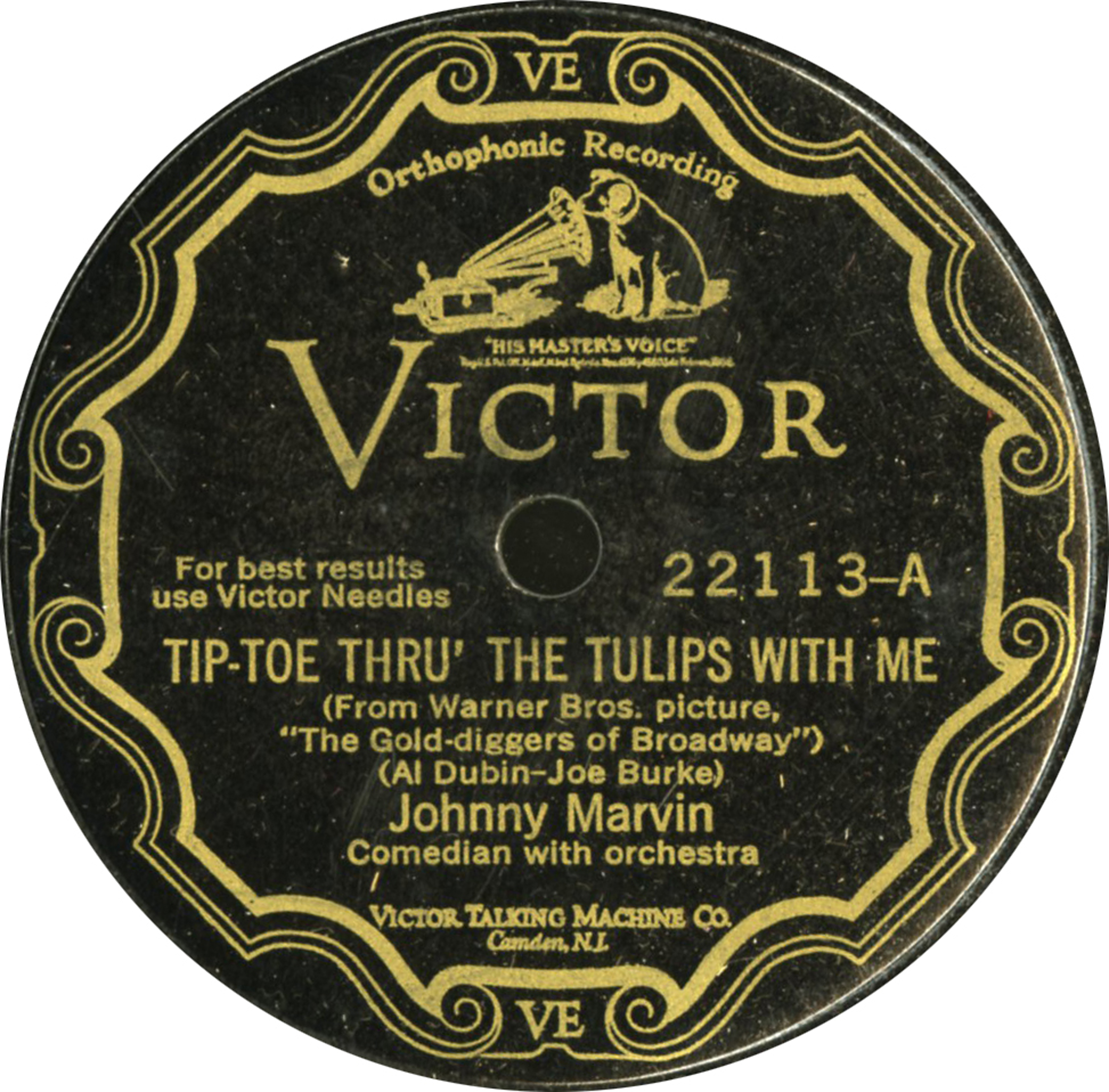
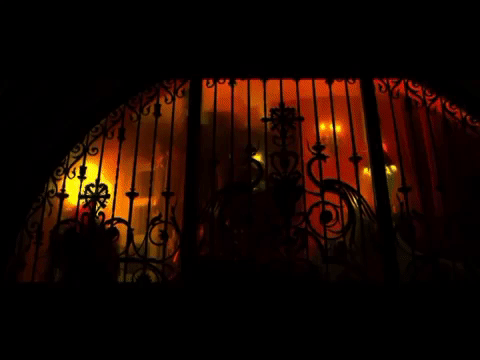

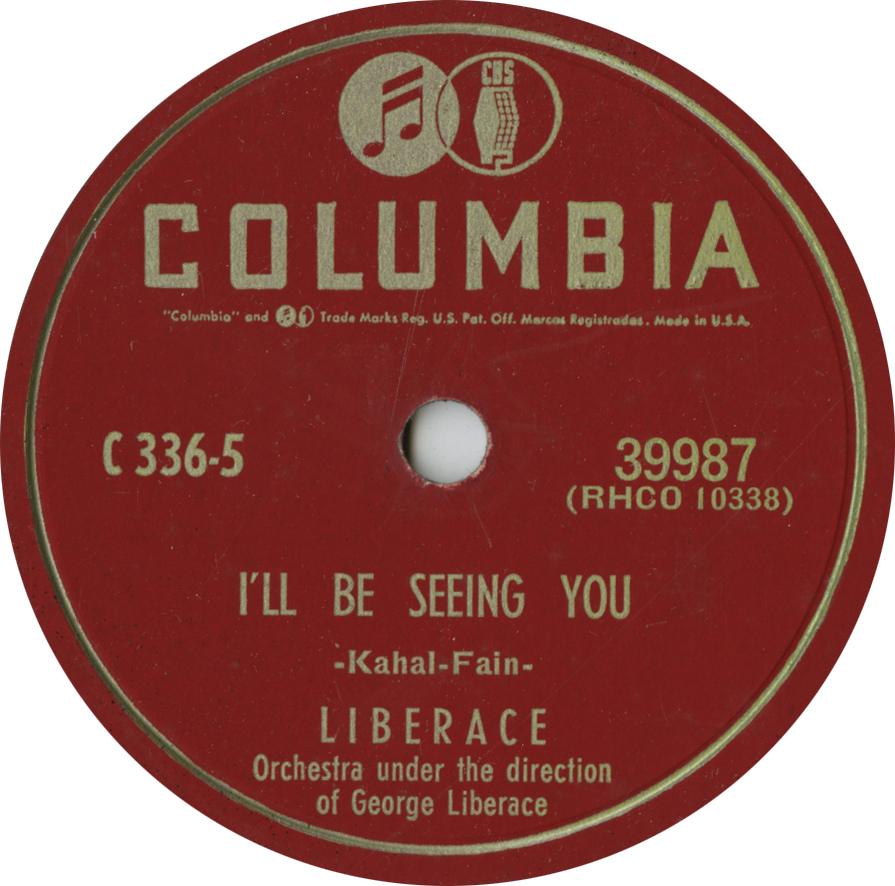
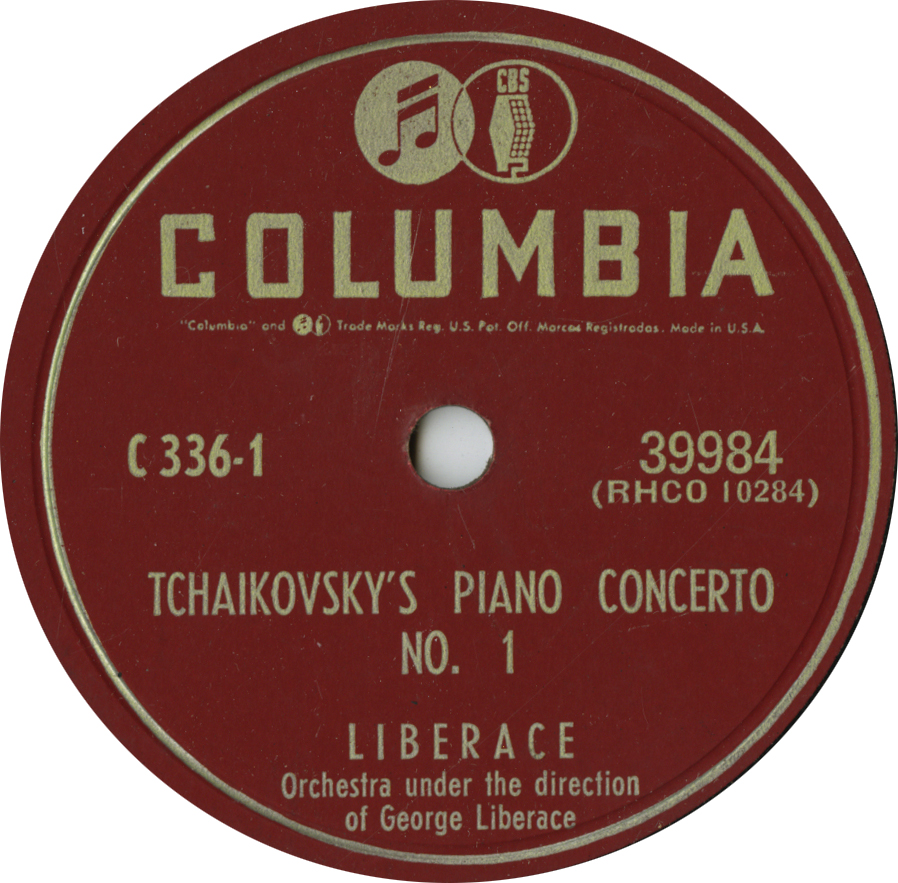
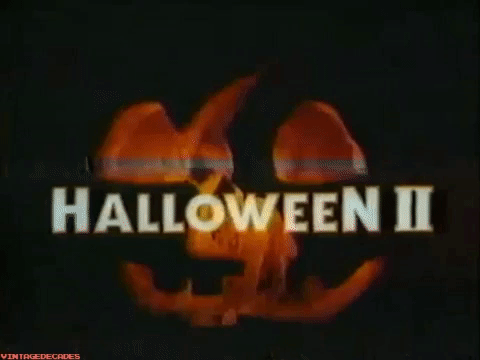
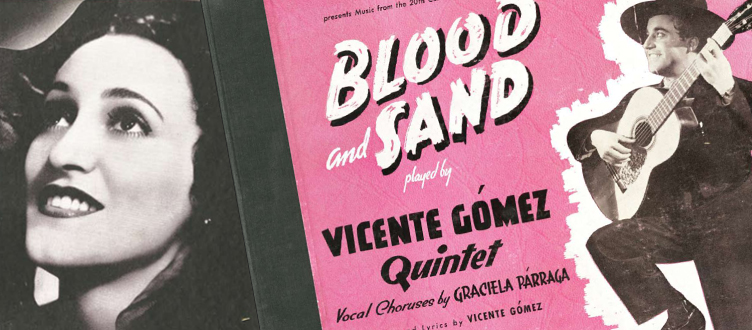 In celebration of Hispanic Heritage month, we wanted to share one of several recordings within our hispanic/latin american collection of recordings. Last year we highlighted
In celebration of Hispanic Heritage month, we wanted to share one of several recordings within our hispanic/latin american collection of recordings. Last year we highlighted 
